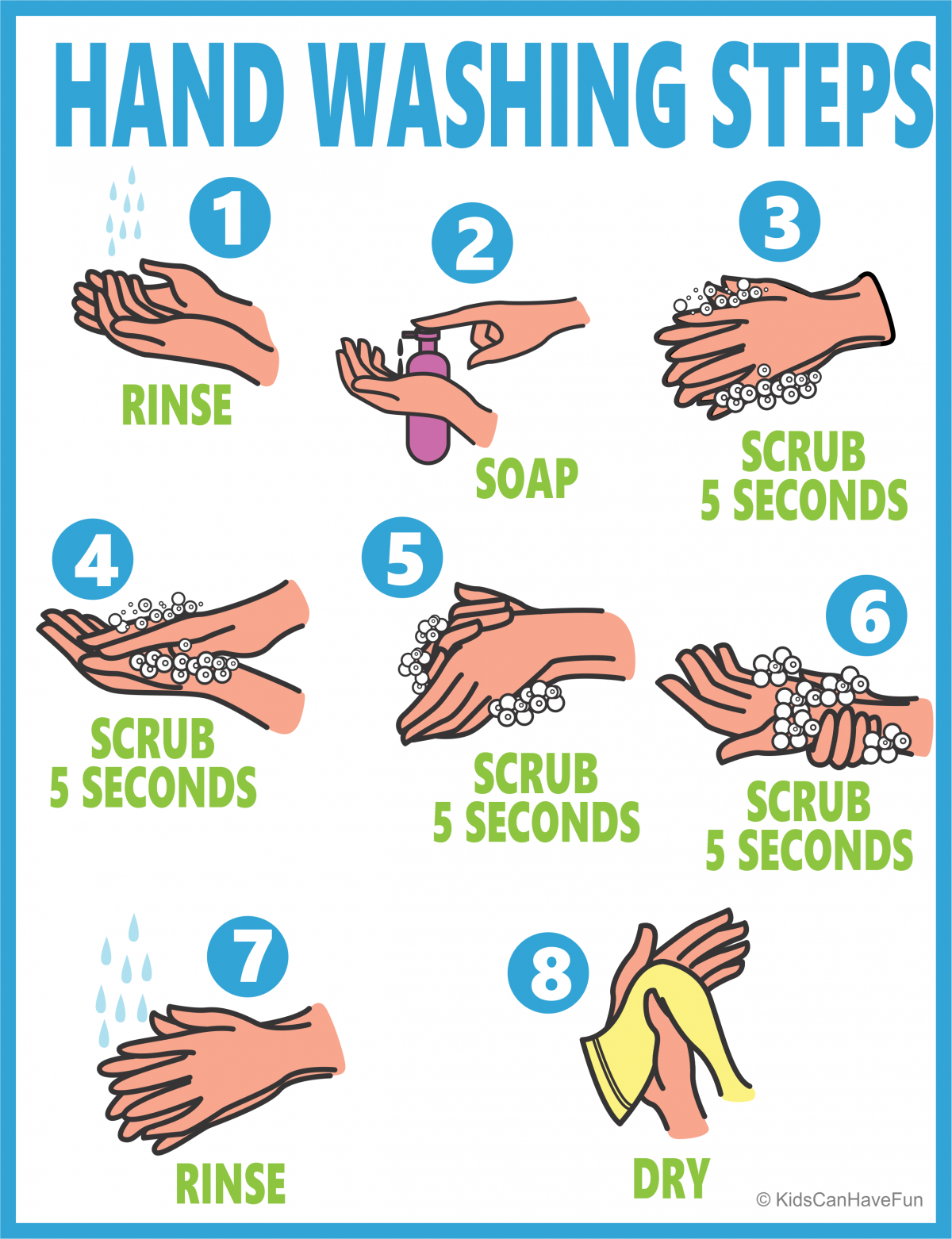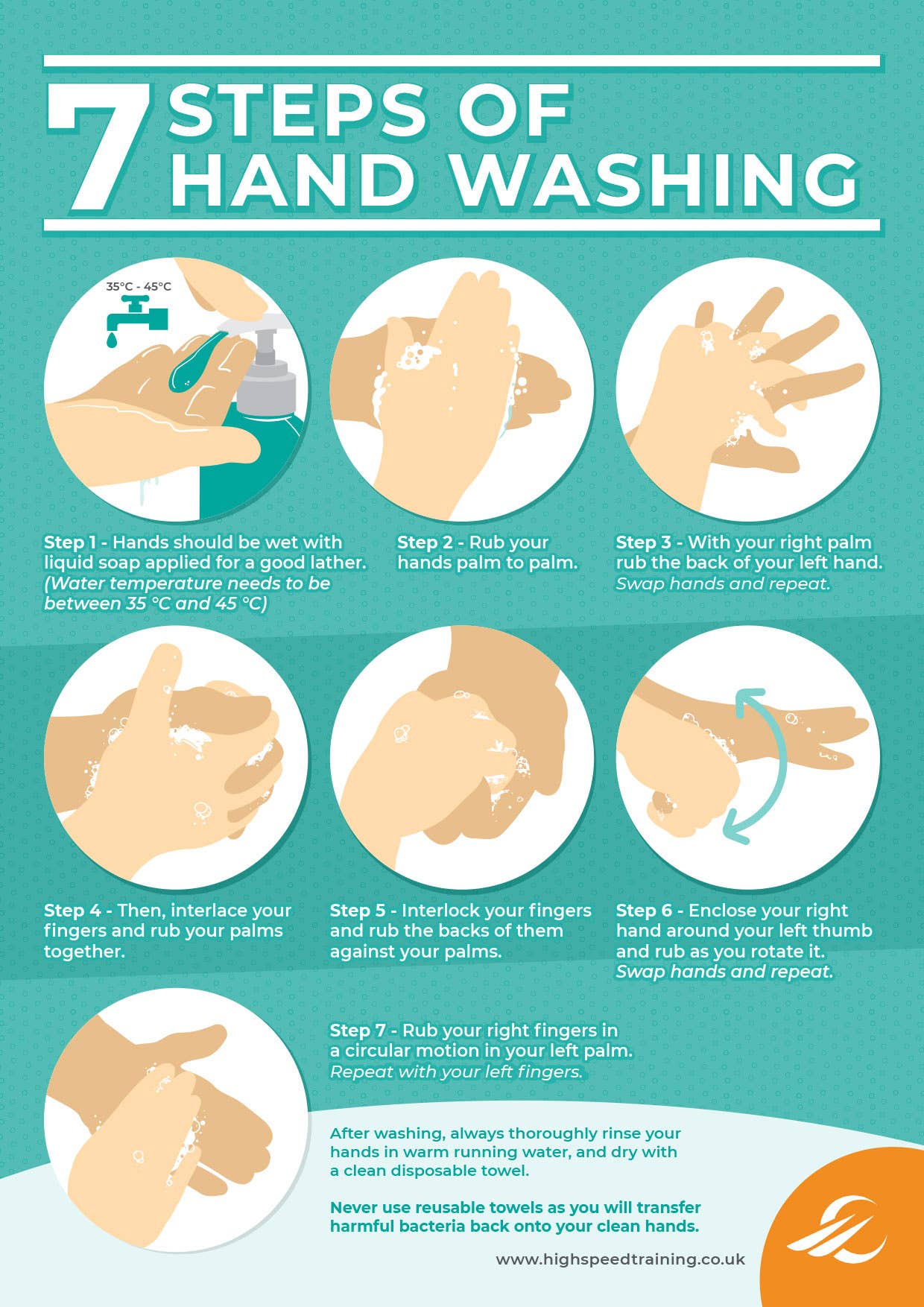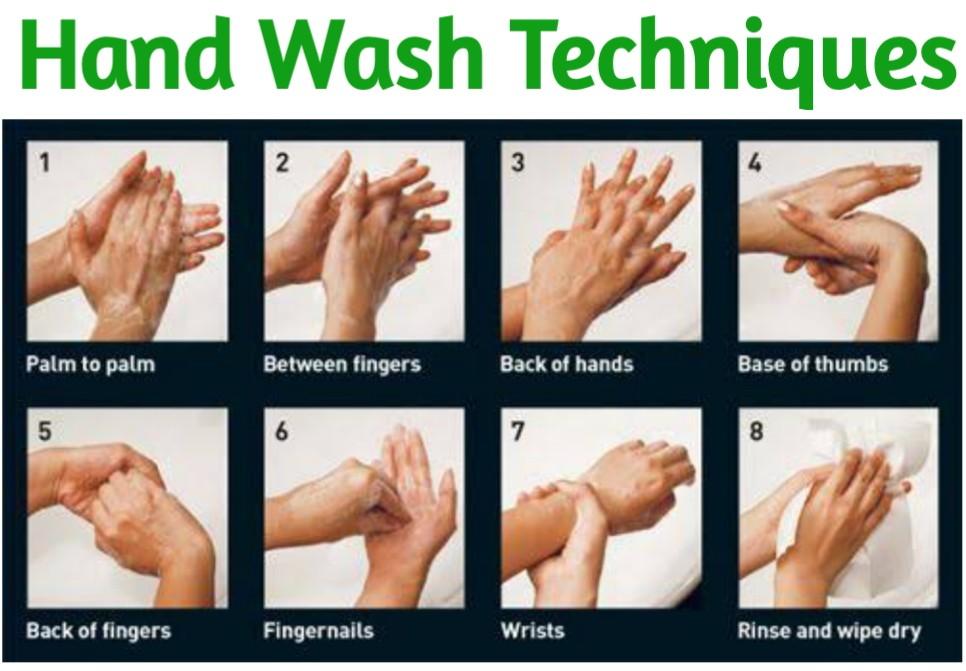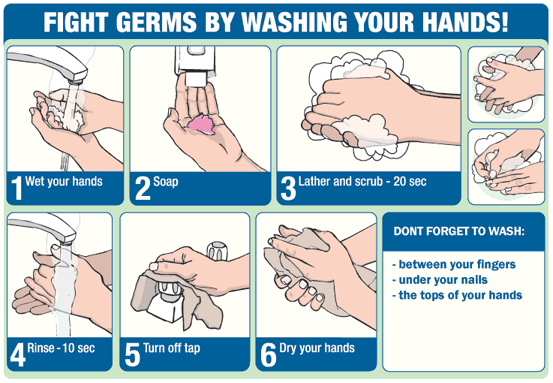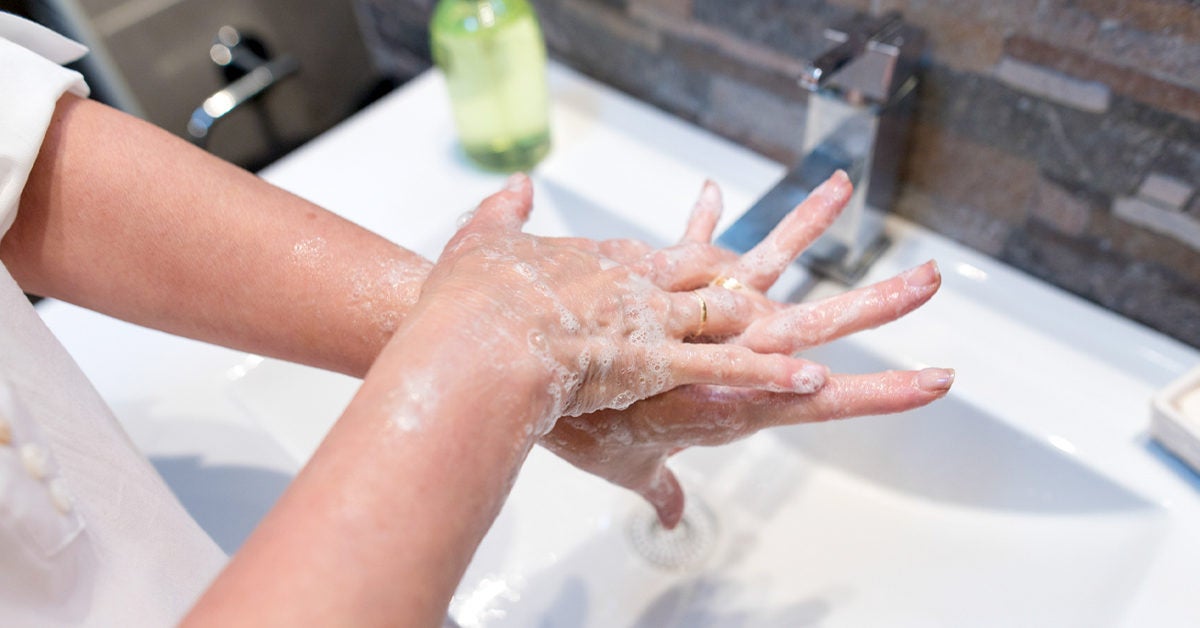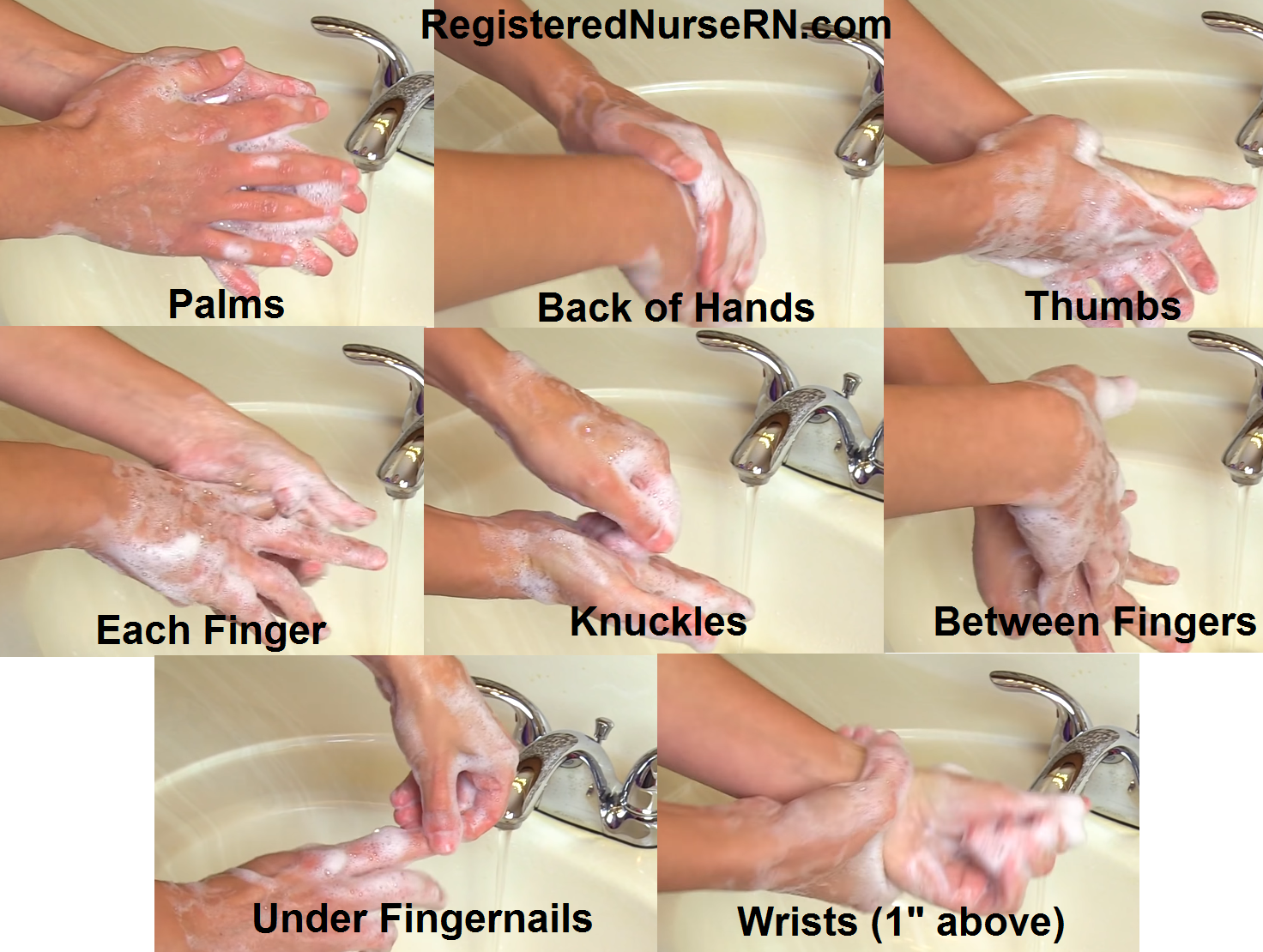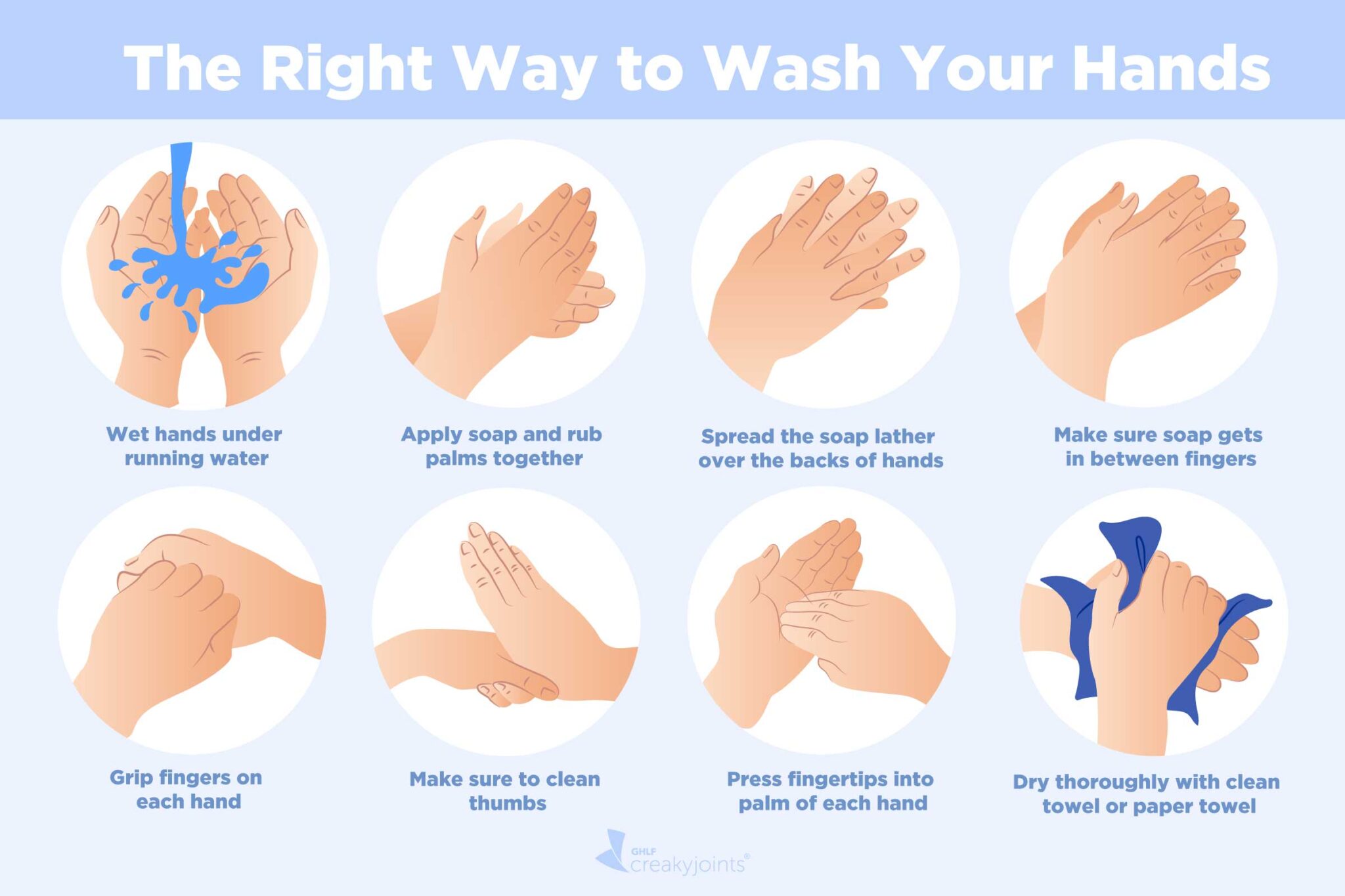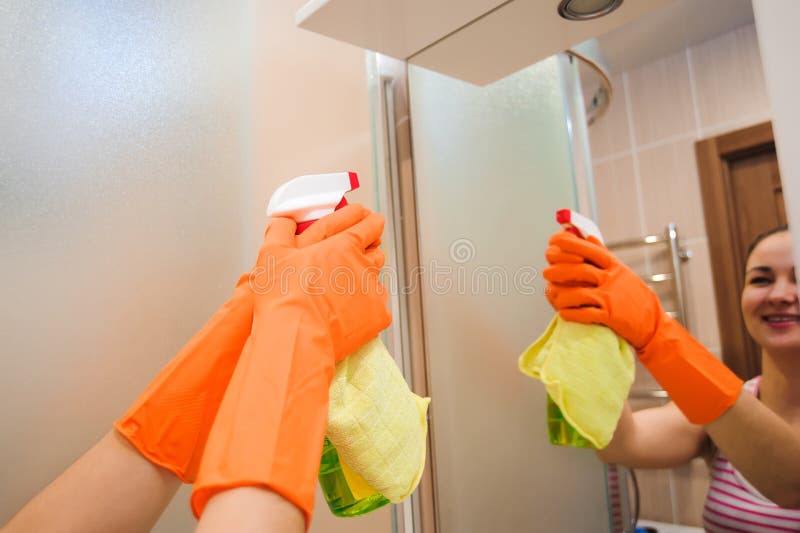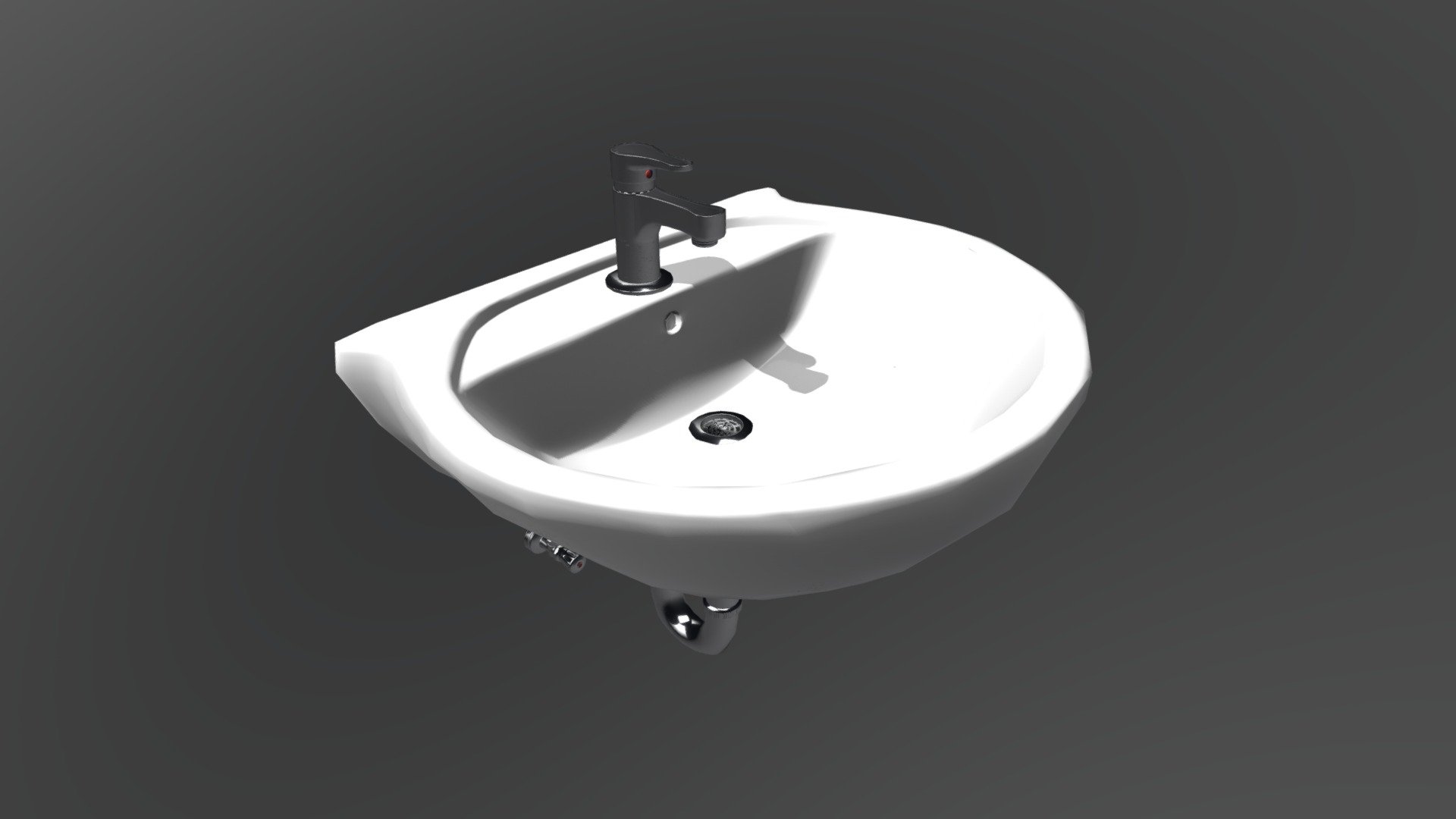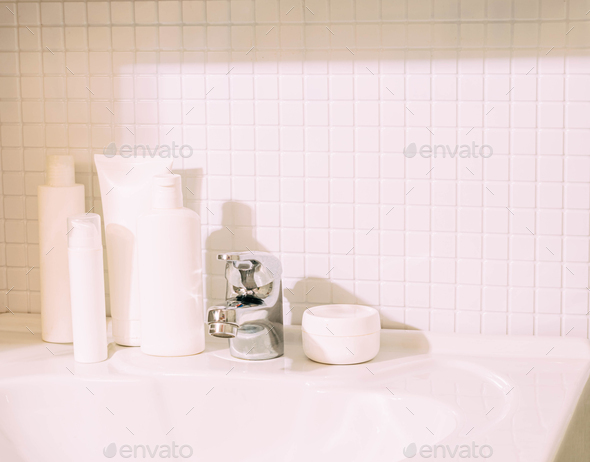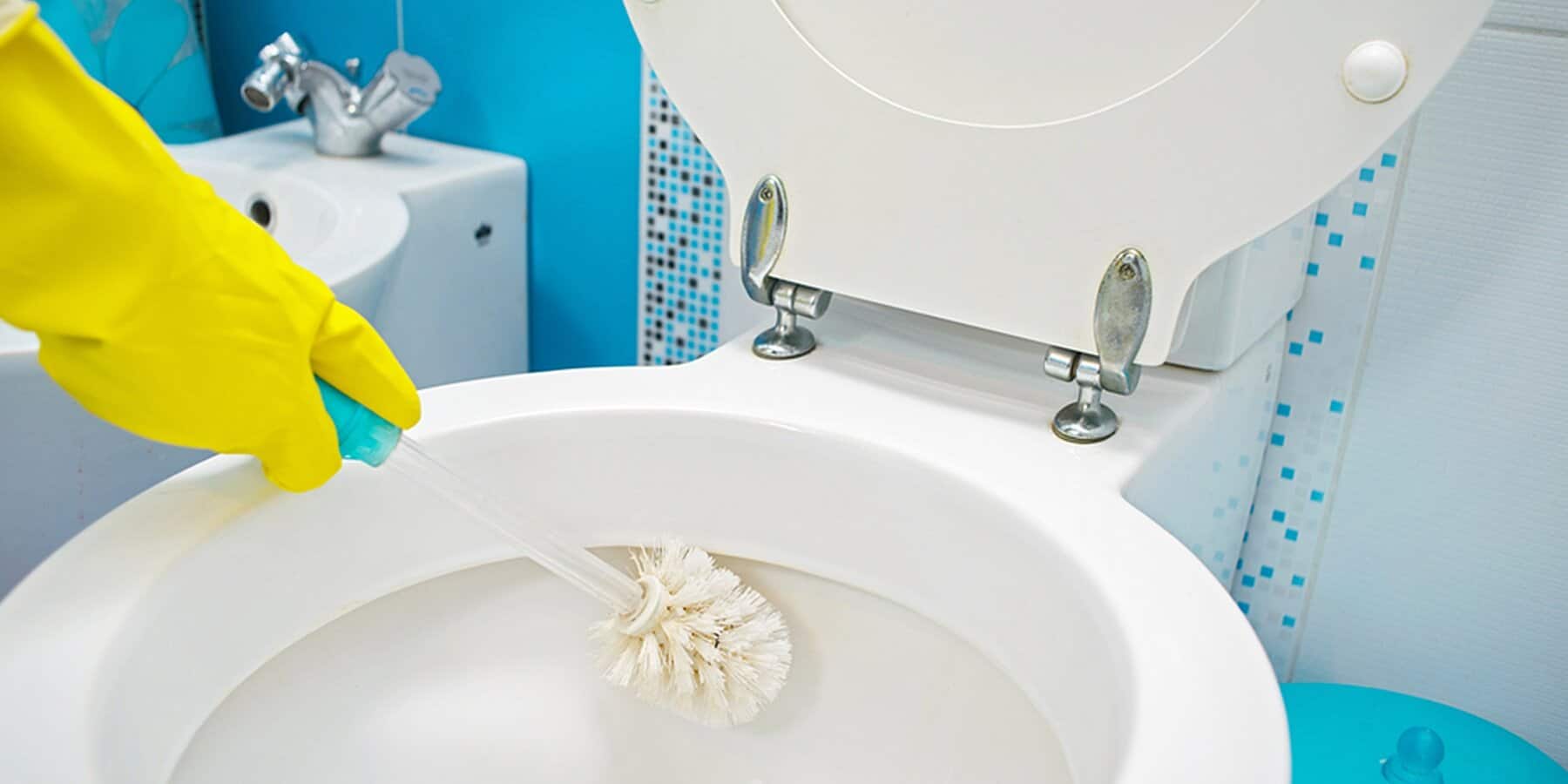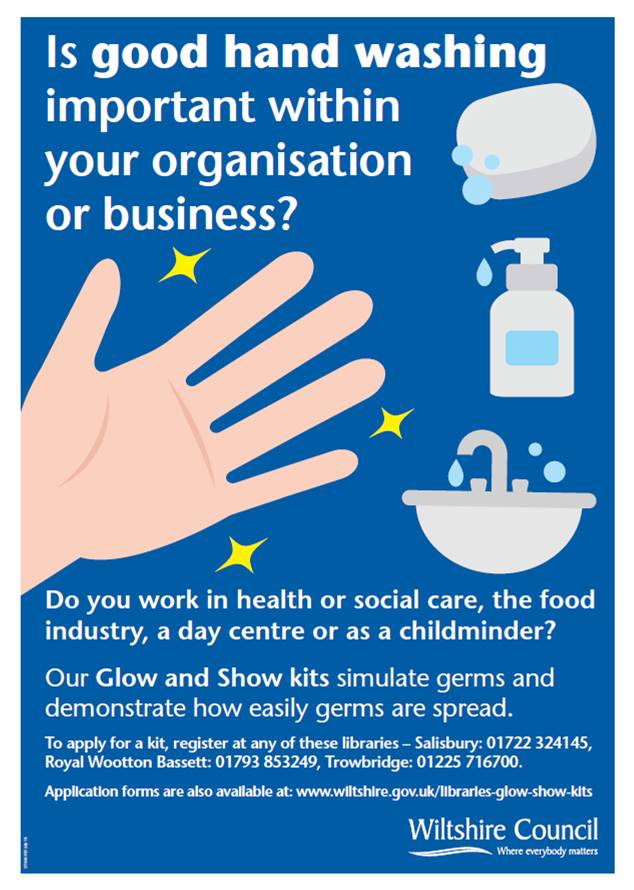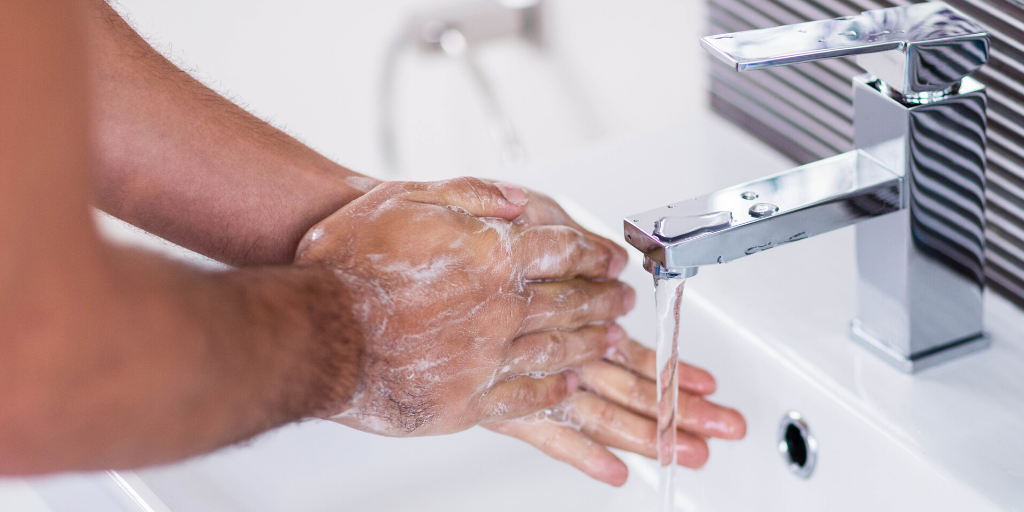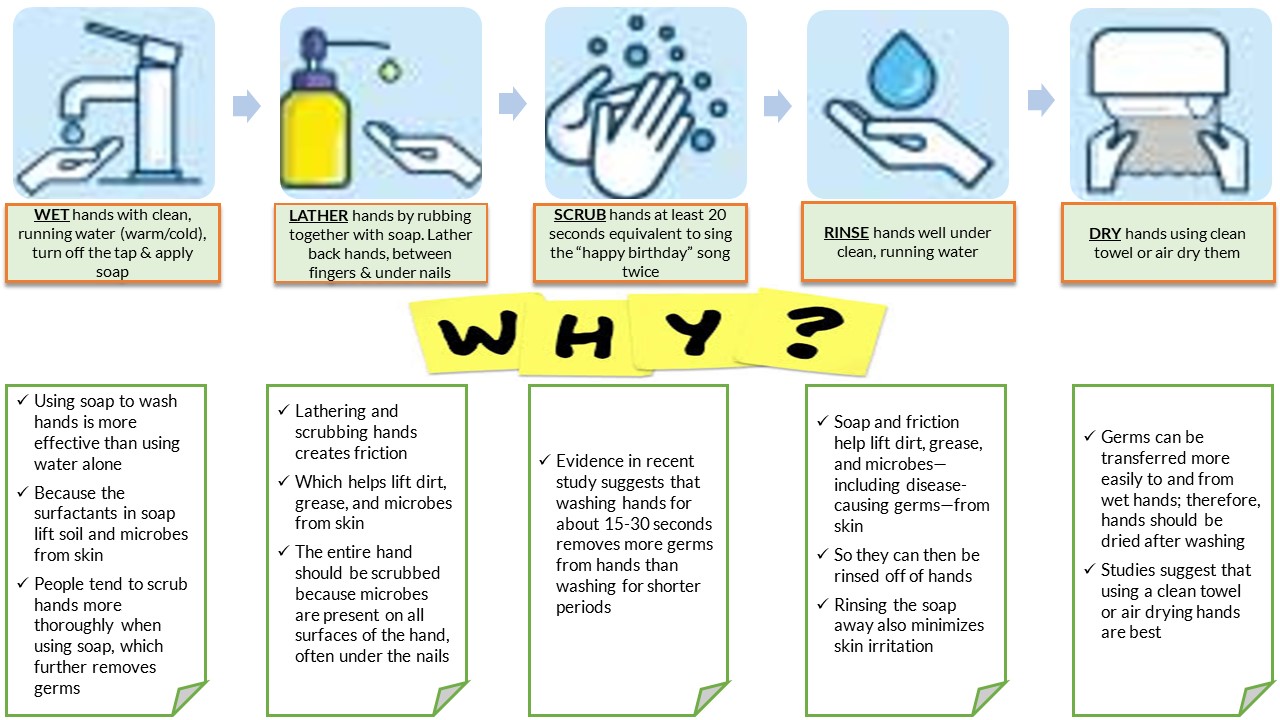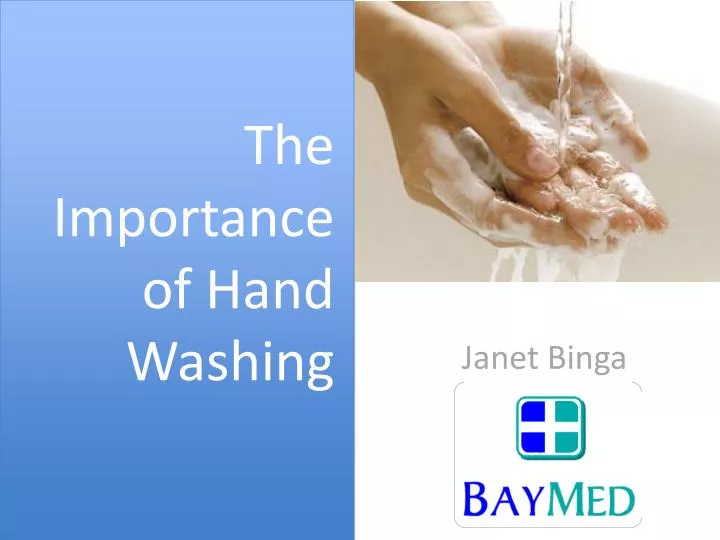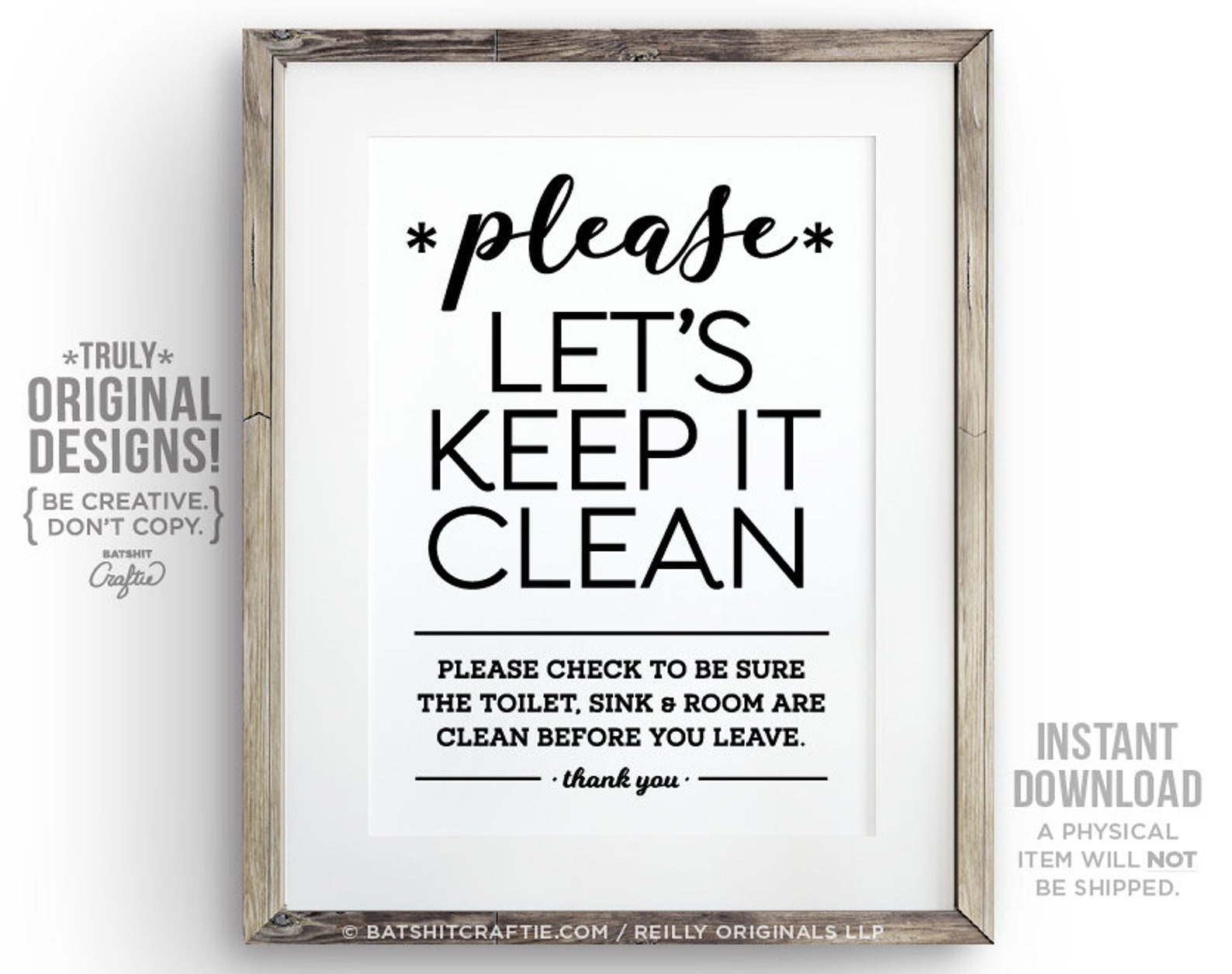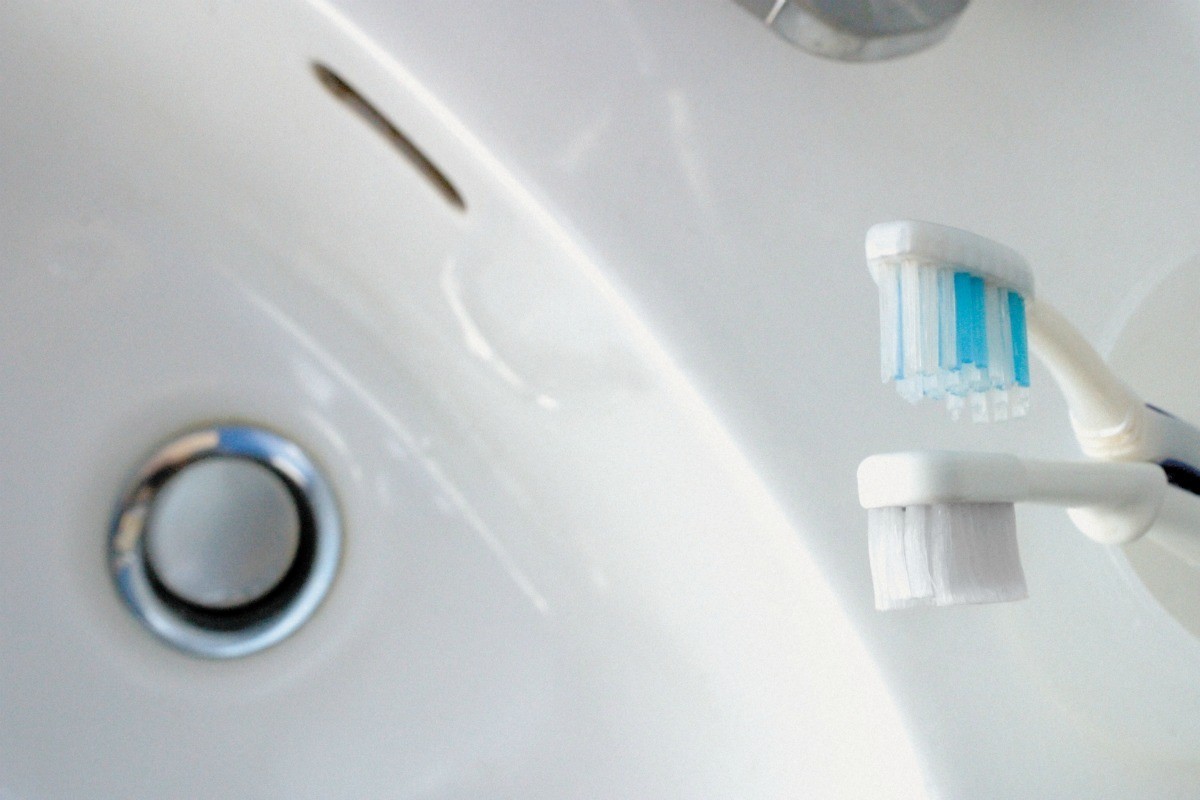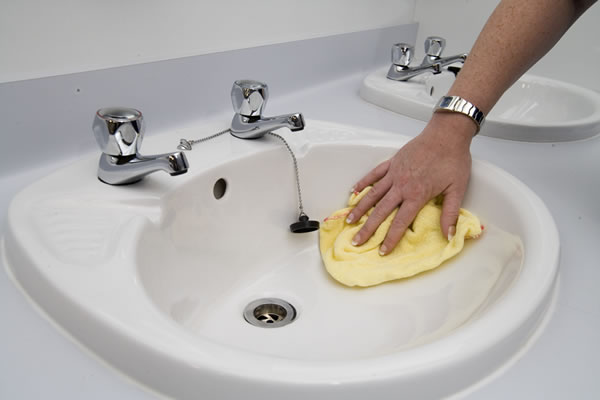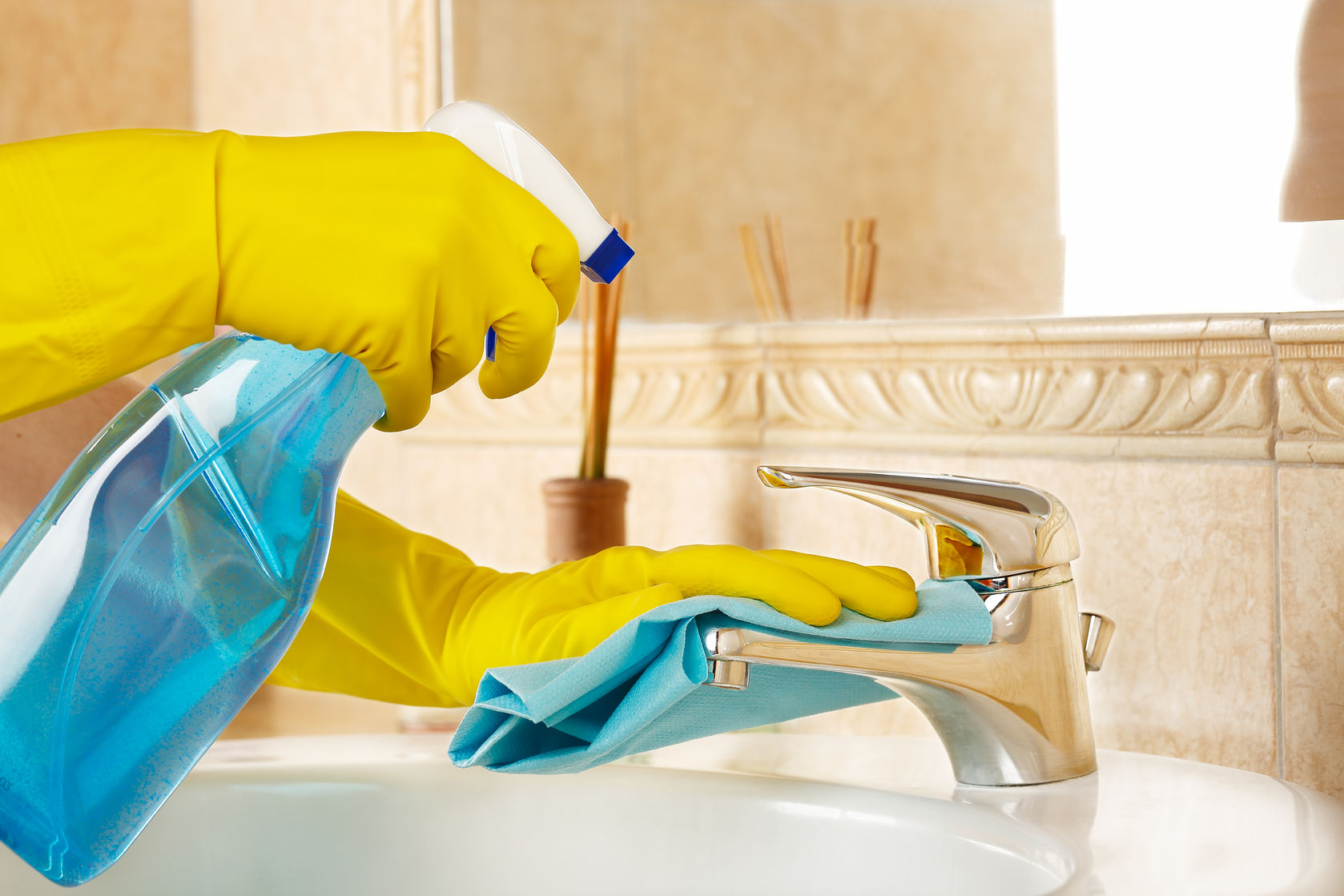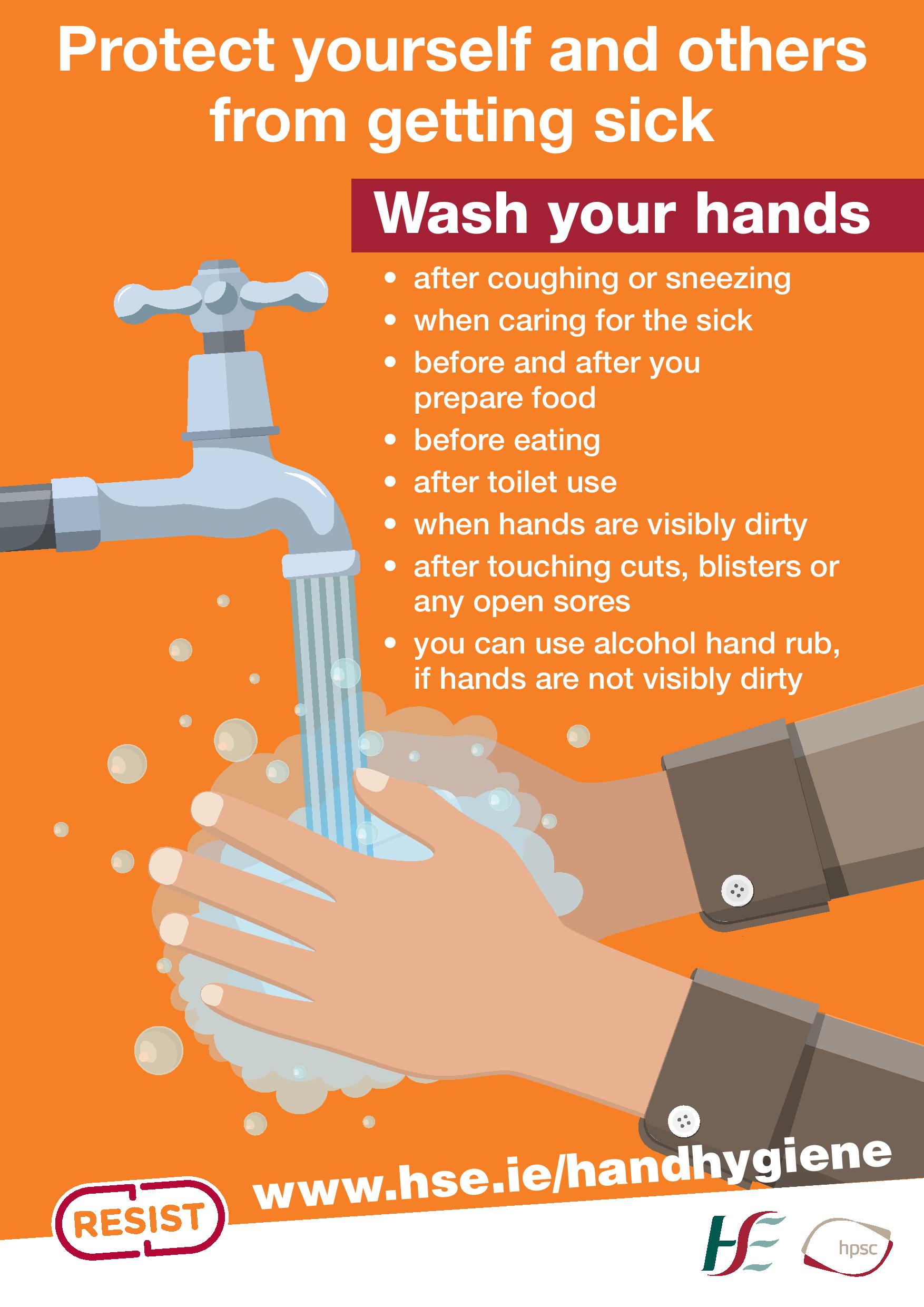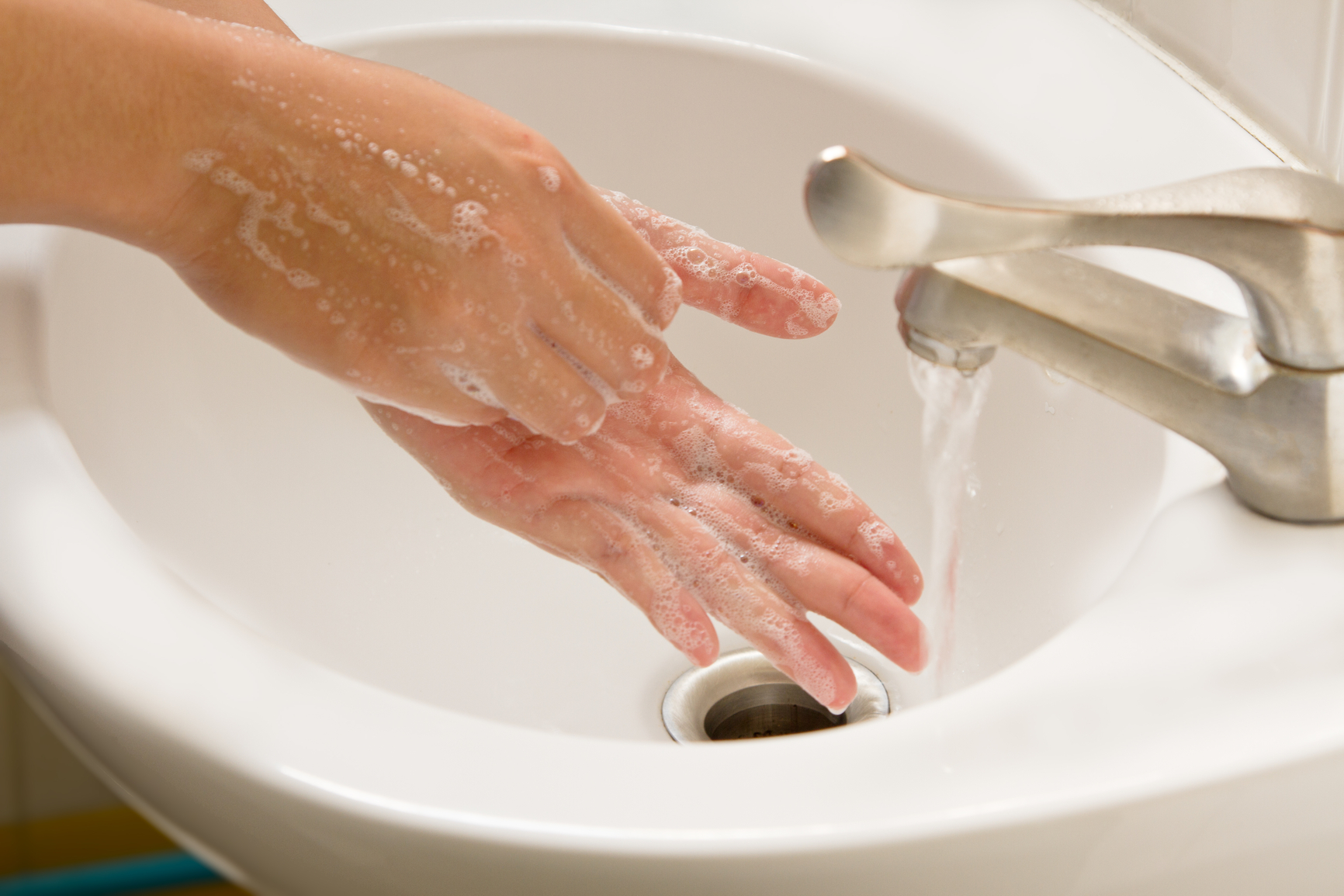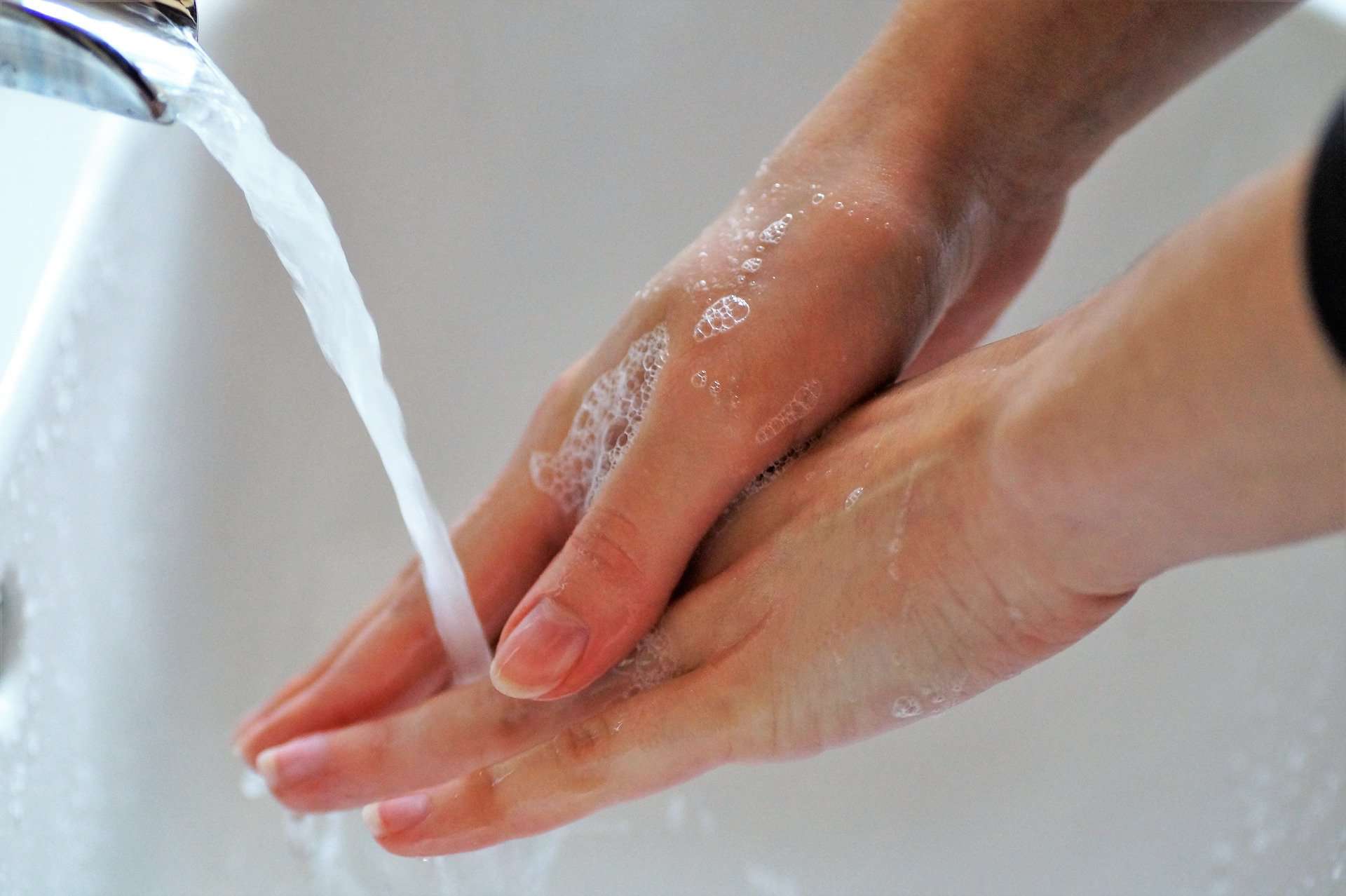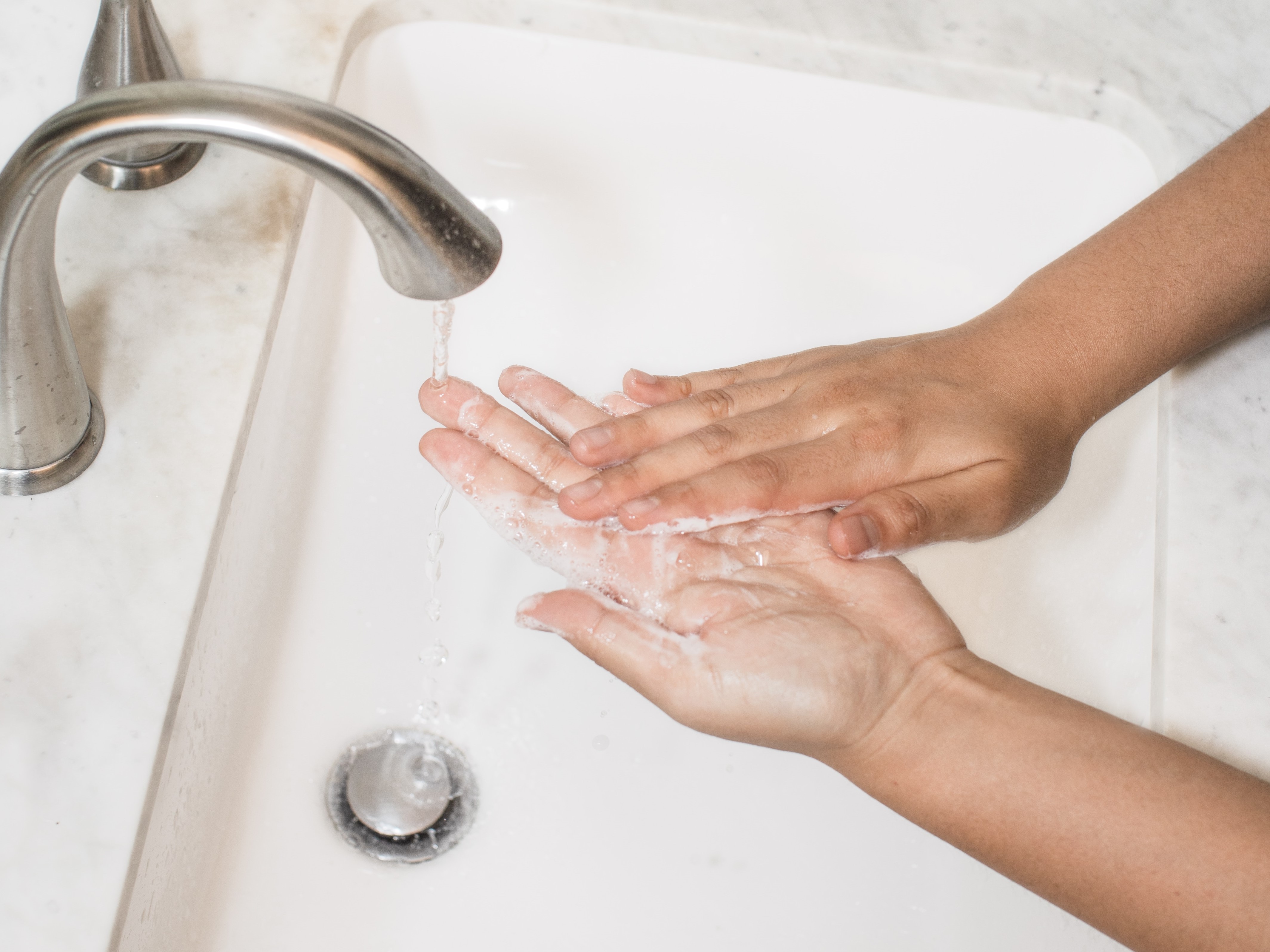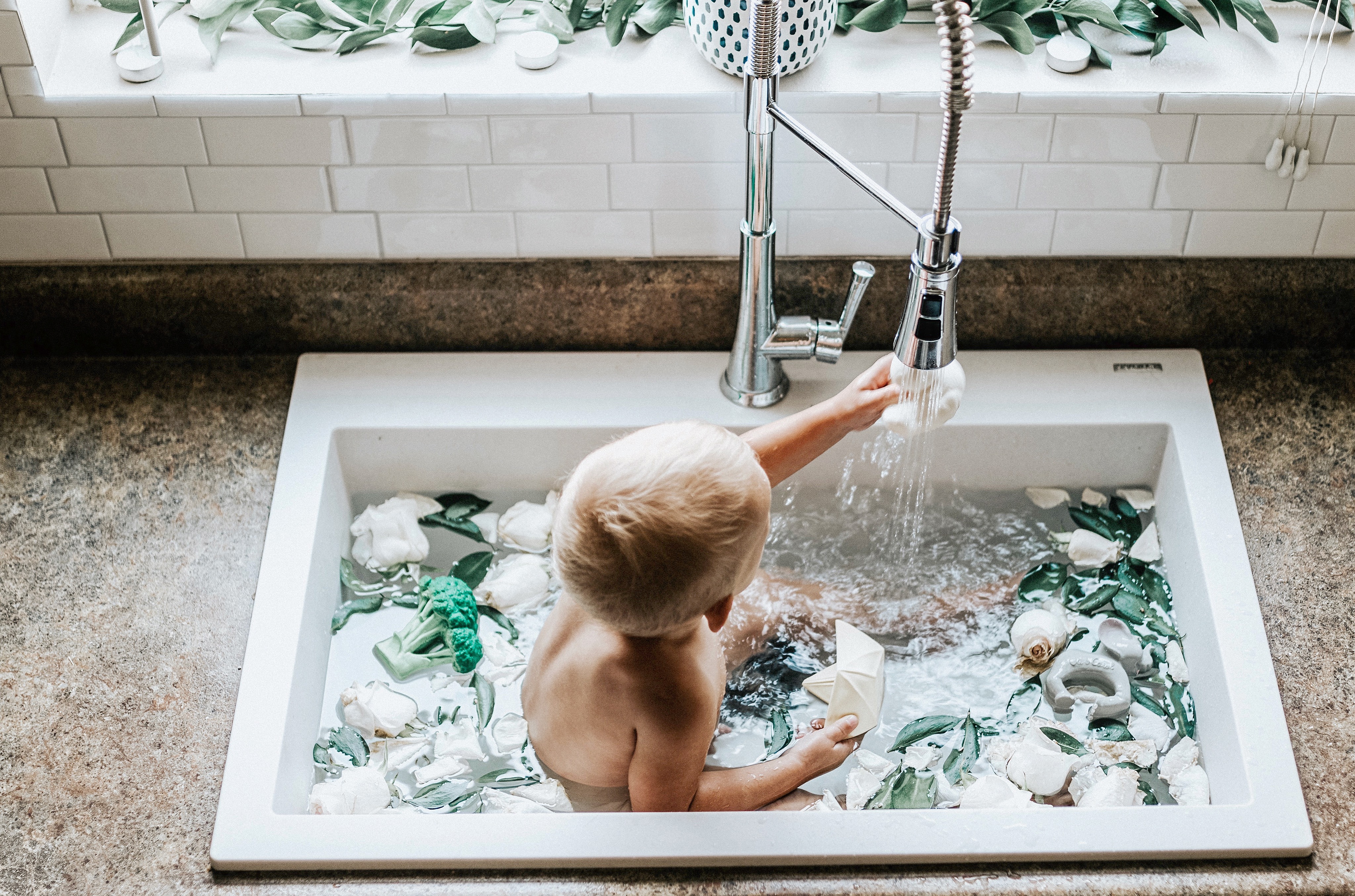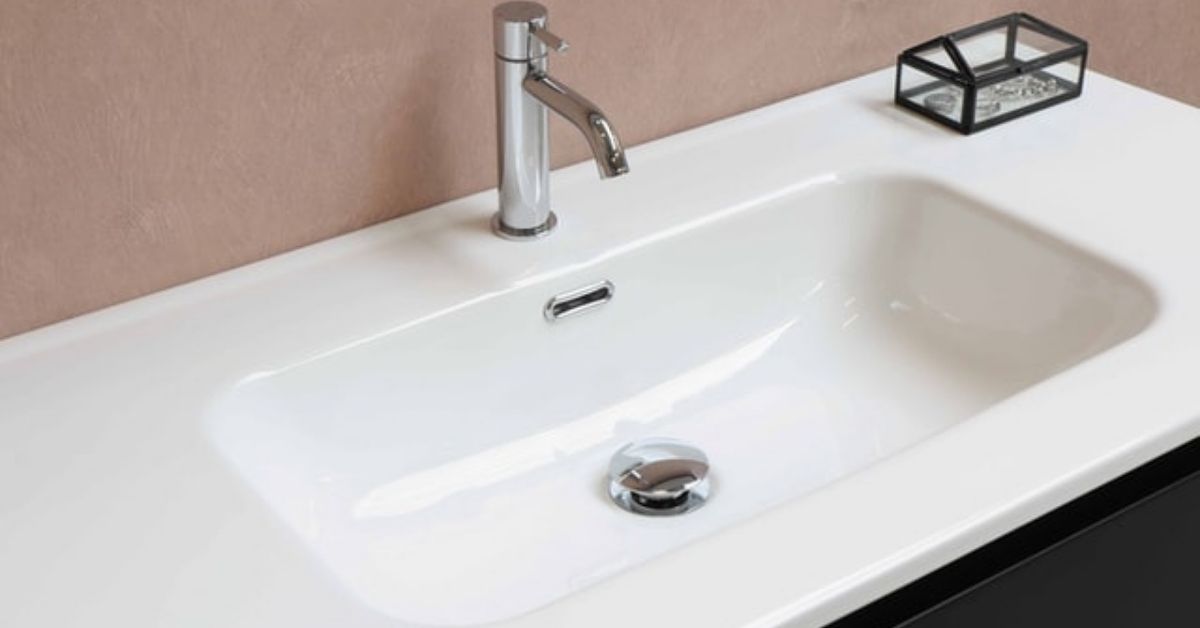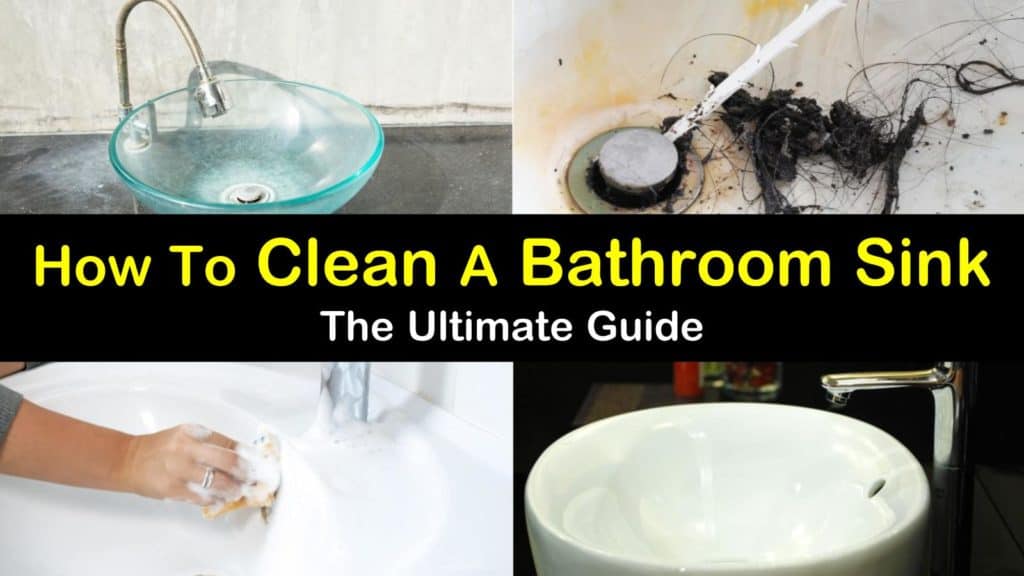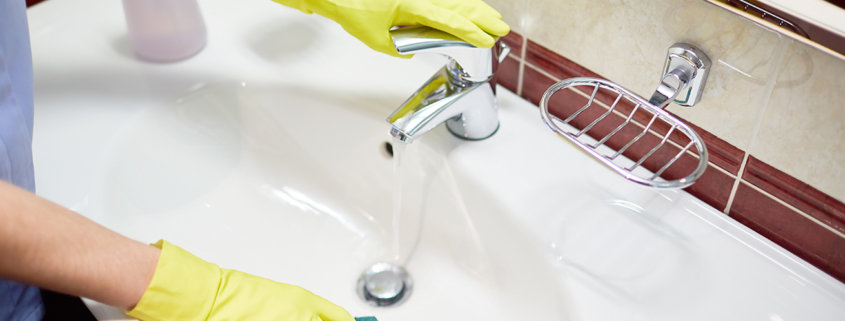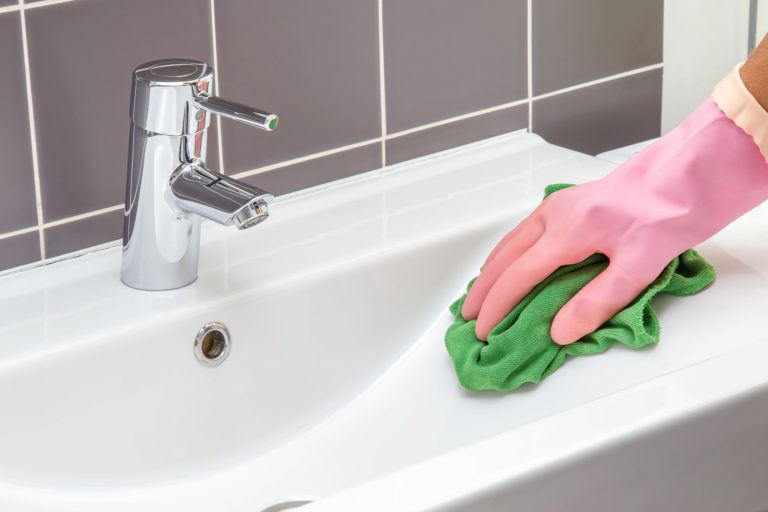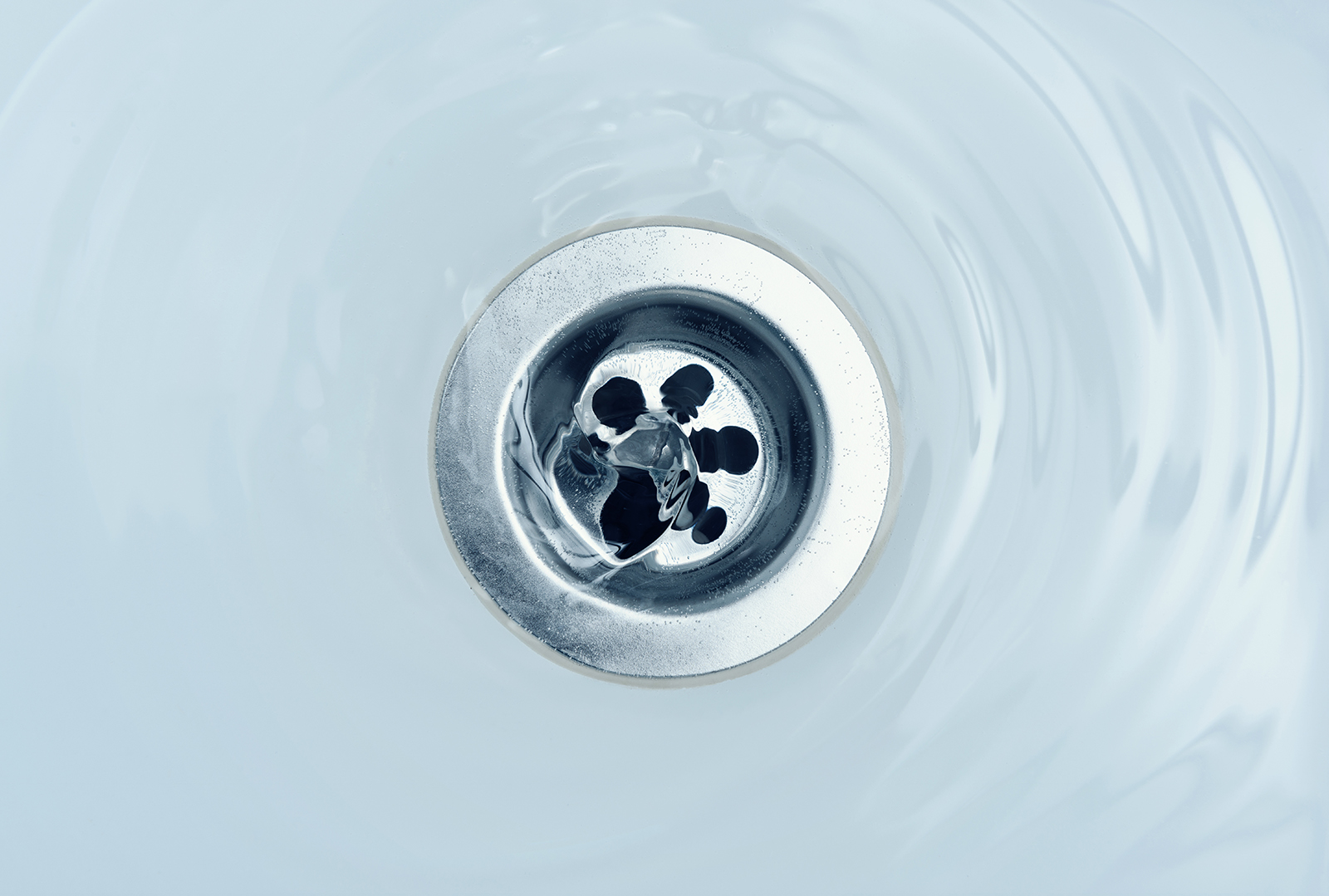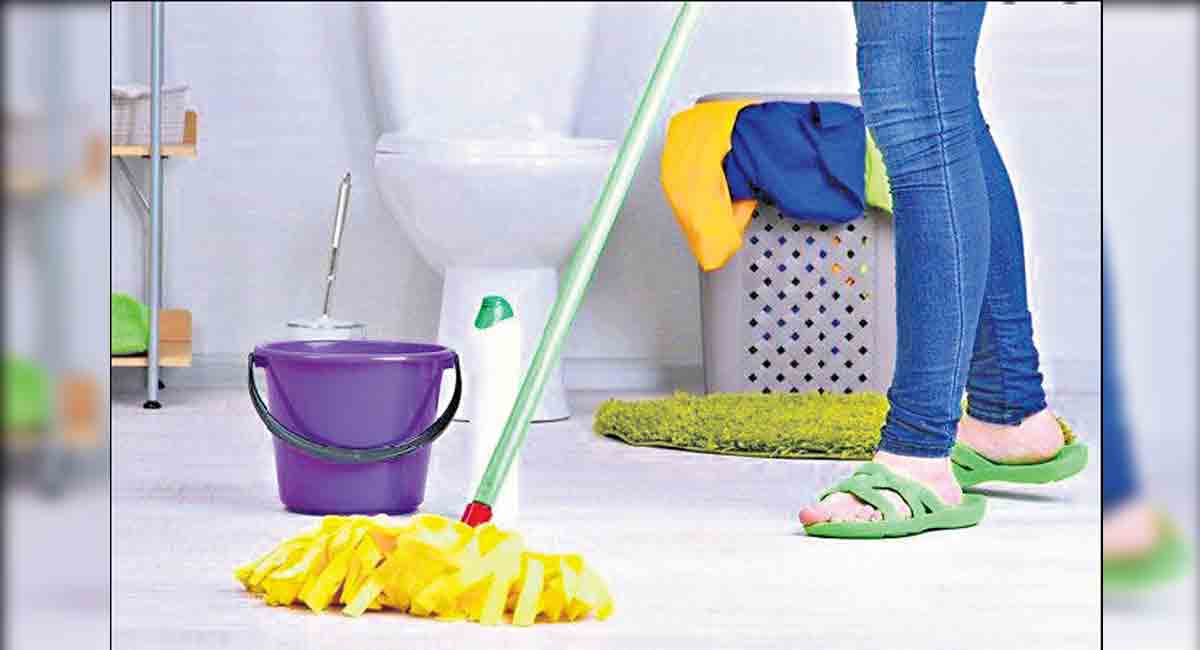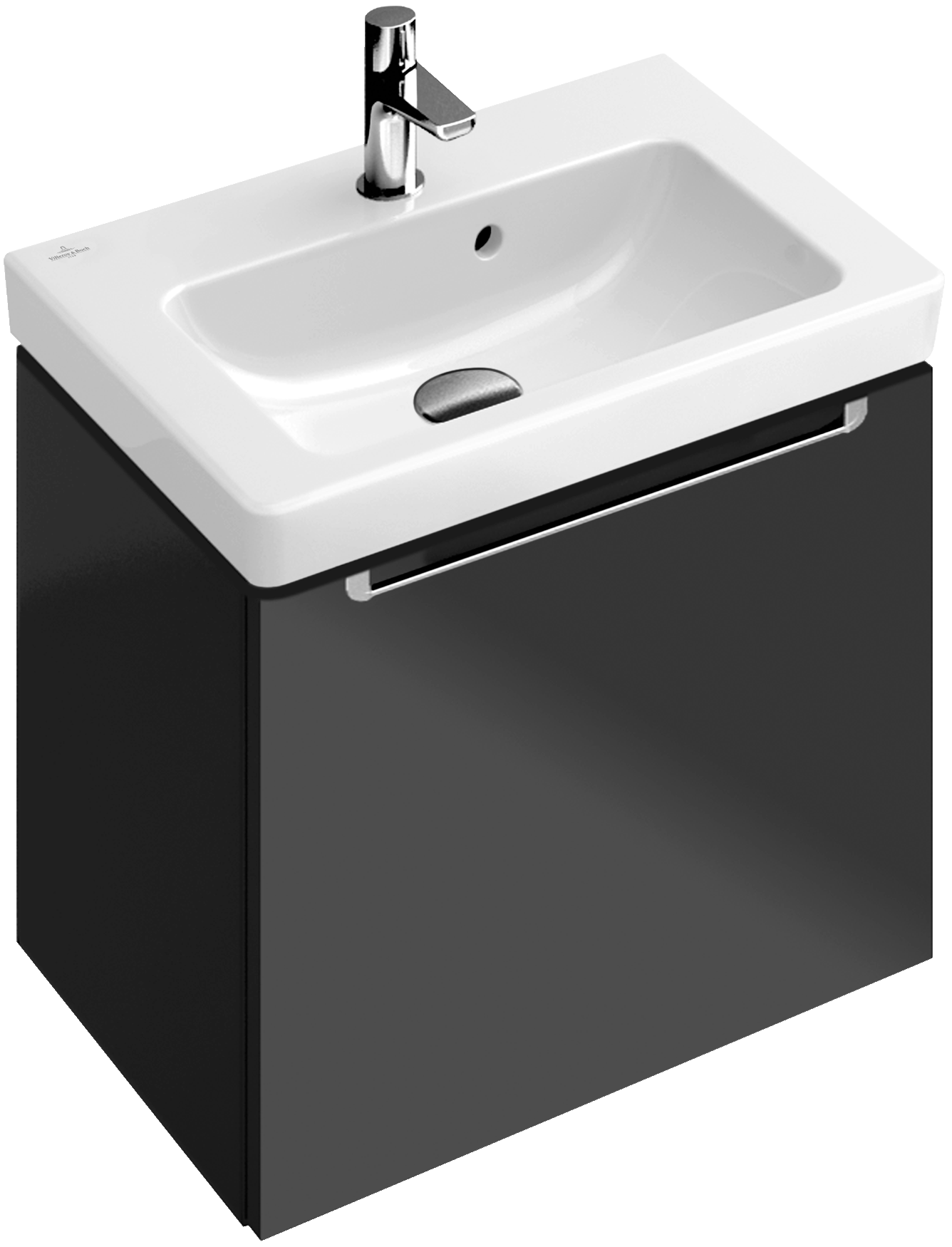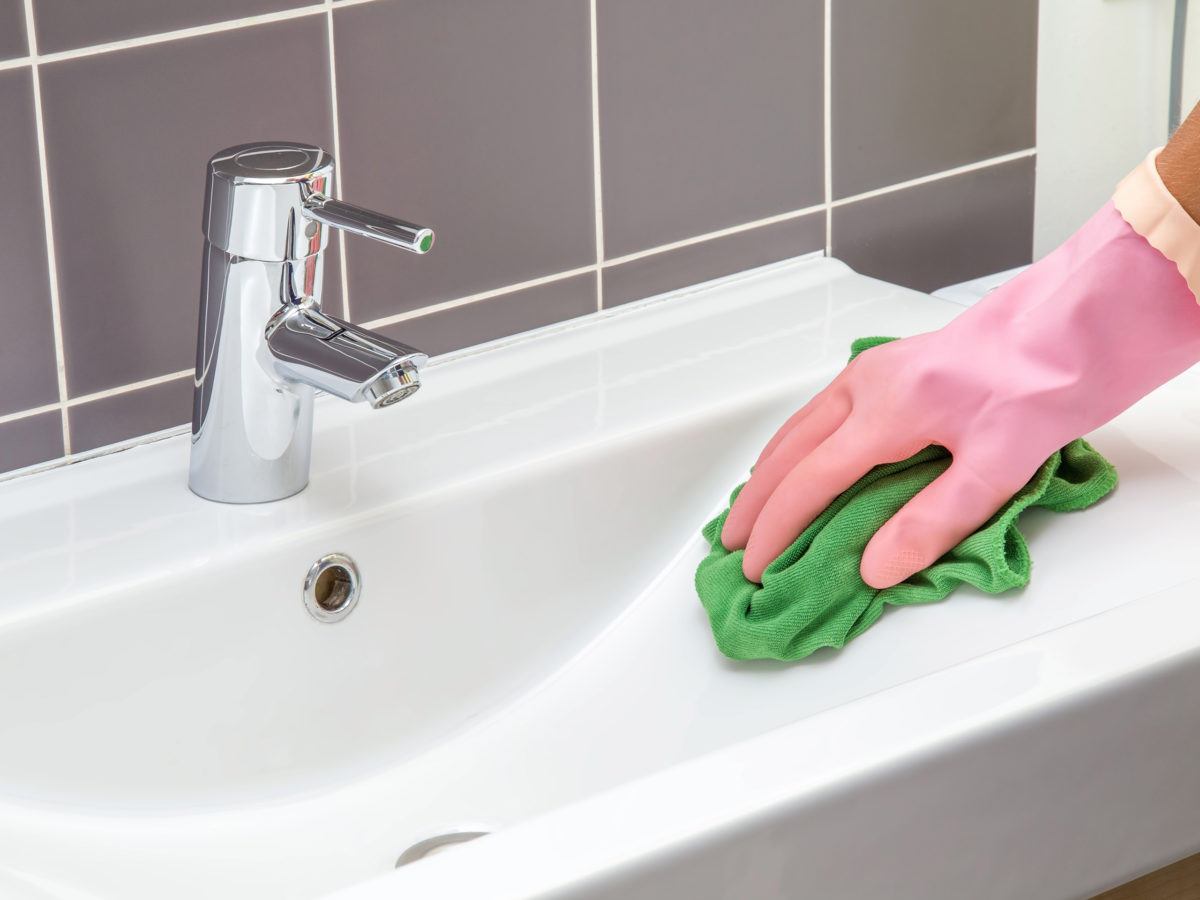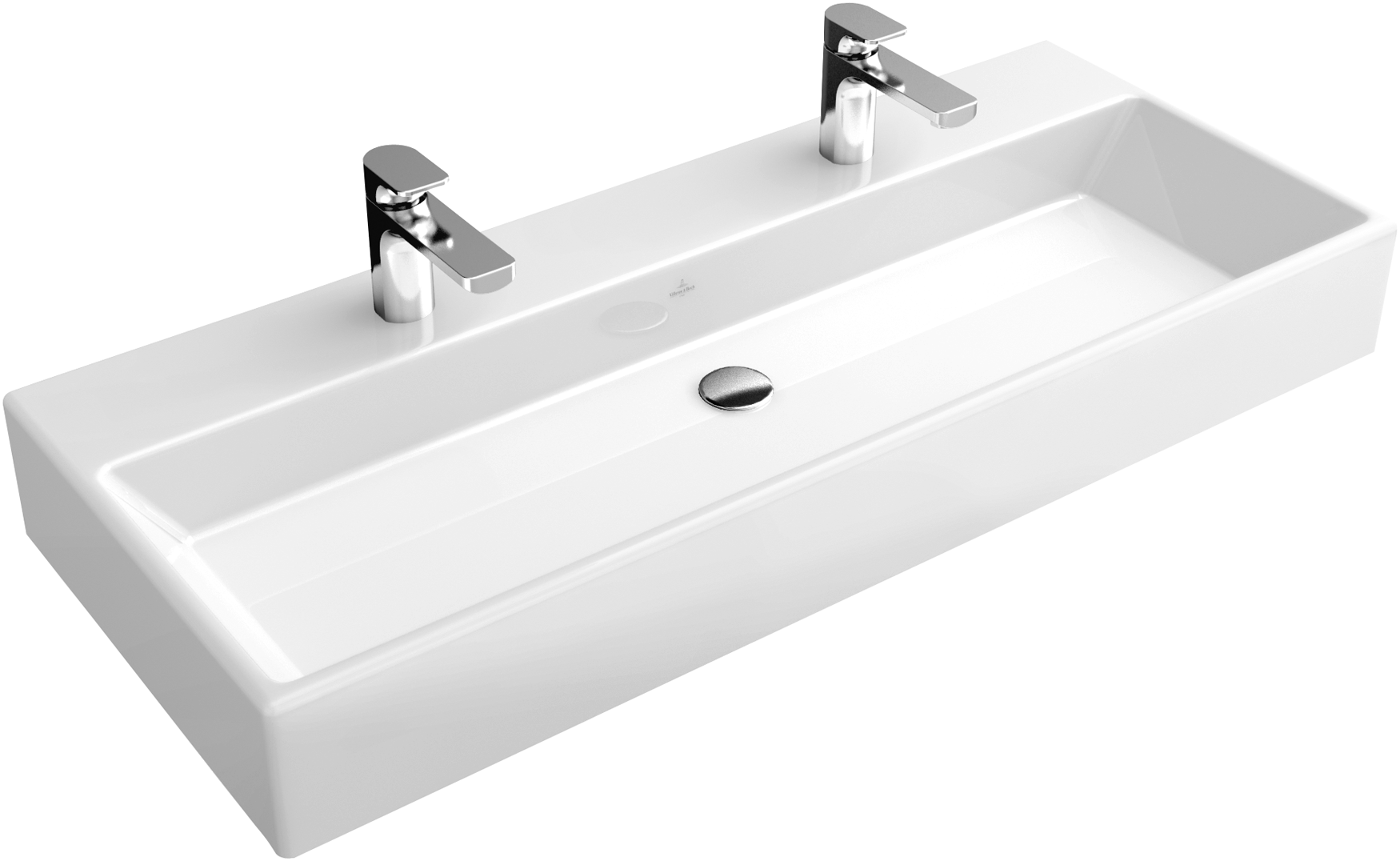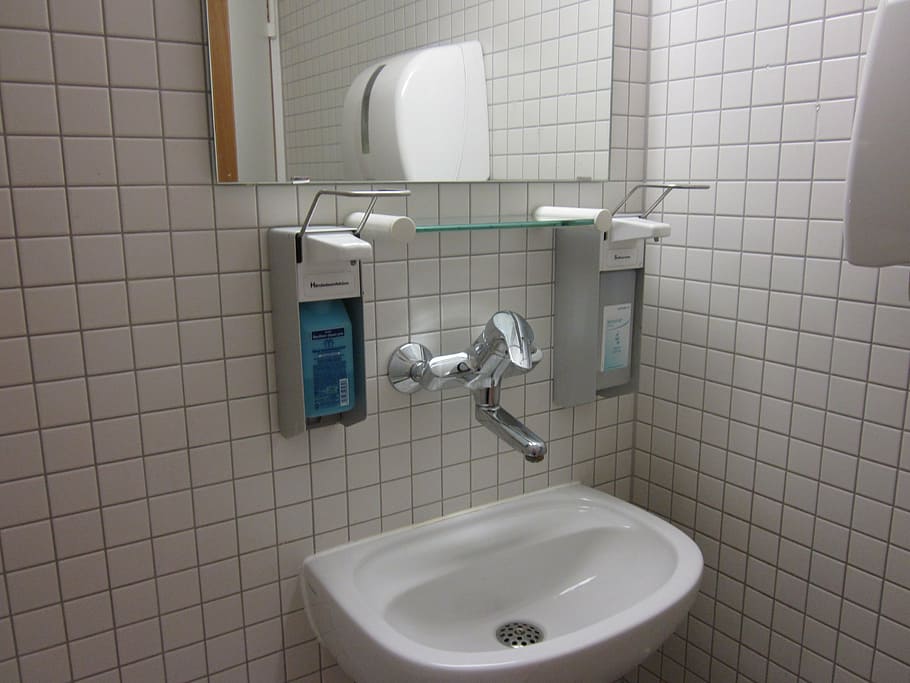Hand washing is an essential part of maintaining good hygiene, especially when using the bathroom sink. It is crucial to wash your hands properly to prevent the spread of germs and bacteria. The Centers for Disease Control and Prevention (CDC) recommends the following steps for effective hand washing: Scrub your hands for at least 20 seconds with soap and water, making sure to cover all surfaces including the backs of your hands, between your fingers, and under your nails. Then rinse and dry your hands thoroughly.Proper Hand Washing Techniques
The bathroom sink is one of the most frequently used areas in any home. It is where we brush our teeth, wash our faces, and clean our hands. However, this constant use can lead to a buildup of germs and bacteria if not cleaned regularly. To ensure a clean and hygienic bathroom sink, it is important to follow these tips: Wipe down the sink with a disinfectant cleaner at least once a day. Pay special attention to the faucet handles and the area around the drain. Make sure to also clean the sink stopper and replace it if it shows signs of wear and tear.Bathroom Sink Cleanliness
The bathroom is a place where we take care of our personal hygiene. It is important to maintain cleanliness in this space to prevent the spread of germs and bacteria. Here are some personal hygiene practices to follow when using the bathroom sink: Keep a hand towel specifically for drying your hands after using the sink. Avoid using the same towel for wiping your face or body to prevent the spread of bacteria. Also, make sure to regularly change out your hand towel and wash it in hot water.Personal Hygiene in the Bathroom
Proper hand washing is crucial for maintaining good hygiene and preventing the spread of illnesses. The CDC reports that hand washing can reduce the risk of respiratory infections by 16%, and diarrheal diseases by 31%. It is essential to wash your hands after using the bathroom sink to prevent the spread of germs and bacteria to others.Importance of Hand Washing
In addition to regular cleaning, there are steps you can take to keep your bathroom sink clean and hygienic. These include: Avoid leaving wet items in the sink, such as toothbrushes or sponges, as they can harbor bacteria. Also, make sure to clean and dry the sink after each use to prevent water spots and stains.Keeping the Bathroom Sink Clean
Hand hygiene is crucial in preventing the spread of germs and bacteria in the bathroom. In addition to washing your hands properly, here are some other hand hygiene practices to follow: Avoid touching your face, nose, or mouth after using the sink. Also, make sure to use clean hands when handling personal care items like contact lenses or makeup.Hand Hygiene in the Bathroom
To minimize the spread of germs and bacteria when using the bathroom sink, it is important to follow these best practices: Use a tissue or paper towel to turn off the faucet after washing your hands to avoid touching a potentially contaminated surface. Also, make sure to dispose of the tissue or paper towel properly.Best Practices for Using the Bathroom Sink
Cleaning and maintaining a hygienic bathroom sink is not only essential for preventing the spread of germs, but it can also improve the overall appearance of your bathroom. Here are some tips to keep your bathroom sink clean and sparkling: Use a mild abrasive cleaner to remove tough stains and buildup. Make sure to also clean the sink drain regularly by pouring hot water and a mixture of baking soda and vinegar down the drain.Maintaining a Clean Bathroom Sink
To promote good hygiene in the bathroom, it is important to instill hygienic habits in yourself and others who use the space. Here are some habits to encourage: Always wash your hands after using the bathroom sink, and remind others to do the same. Also, make sure to properly dispose of any personal care items, such as floss or cotton swabs, in the trash instead of leaving them in the sink.Hygienic Habits in the Bathroom
Finally, here are some additional tips for maintaining a clean and hygienic bathroom sink: Regularly clean and disinfect any items that come into contact with the sink, such as toothbrush holders or soap dispensers. Also, make sure to clean the sink regularly with a disinfectant cleaner to prevent the spread of germs and bacteria.Sink Hygiene Tips
The Importance of Proper Hand Hygiene While Using the Sink in the Bathroom

Understanding the Basics of Hygiene
 Maintaining proper hygiene is essential for our overall health and well-being. It involves taking care of our body, surroundings, and personal belongings to prevent the spread of germs and bacteria. One of the most common places where we practice hygiene is in the bathroom, specifically while using the sink. However, simply washing our hands with water and soap may not be enough to ensure proper hygiene. It is important to understand the proper techniques and practices for hand hygiene to effectively protect ourselves and those around us.
Maintaining proper hygiene is essential for our overall health and well-being. It involves taking care of our body, surroundings, and personal belongings to prevent the spread of germs and bacteria. One of the most common places where we practice hygiene is in the bathroom, specifically while using the sink. However, simply washing our hands with water and soap may not be enough to ensure proper hygiene. It is important to understand the proper techniques and practices for hand hygiene to effectively protect ourselves and those around us.
The Role of the Sink in Maintaining Hygiene
 The sink is a crucial element in maintaining hygiene in the bathroom. It is where we wash our hands, brush our teeth, and clean our face. However, it is also a breeding ground for bacteria and germs if not used correctly. Many of us may not realize that the sink itself can be a source of contamination if not cleaned and maintained properly. Therefore, it is important to pay attention to our actions while using the sink in order to maintain a clean and hygienic environment.
The sink is a crucial element in maintaining hygiene in the bathroom. It is where we wash our hands, brush our teeth, and clean our face. However, it is also a breeding ground for bacteria and germs if not used correctly. Many of us may not realize that the sink itself can be a source of contamination if not cleaned and maintained properly. Therefore, it is important to pay attention to our actions while using the sink in order to maintain a clean and hygienic environment.
Proper Handwashing Techniques
 While using the sink, it is important to follow proper handwashing techniques to effectively remove any bacteria and germs from our hands. Firstly, wet your hands with clean running water and apply soap.
Rub your hands together
to create a lather, making sure to
cover all surfaces including the backs of your hands, between your fingers, and under your nails.
Scrub your hands for at least 20 seconds before rinsing off the soap with clean water. Finally,
dry your hands using a clean towel or air dryer.
Avoid touching the sink or any other surfaces while washing your hands to prevent recontamination.
While using the sink, it is important to follow proper handwashing techniques to effectively remove any bacteria and germs from our hands. Firstly, wet your hands with clean running water and apply soap.
Rub your hands together
to create a lather, making sure to
cover all surfaces including the backs of your hands, between your fingers, and under your nails.
Scrub your hands for at least 20 seconds before rinsing off the soap with clean water. Finally,
dry your hands using a clean towel or air dryer.
Avoid touching the sink or any other surfaces while washing your hands to prevent recontamination.
Maintaining a Clean Sink
 To ensure proper hygiene, it is also important to maintain a clean sink.
Regularly clean the sink and faucet with a disinfectant or soap and water.
Pay special attention to the faucet handles, as they are touched frequently and can harbor bacteria and germs.
Replace any old or dirty sponges and cloths that you use to clean the sink.
It is also a good idea to
clean the sink after each use
to prevent the buildup of bacteria and germs.
To ensure proper hygiene, it is also important to maintain a clean sink.
Regularly clean the sink and faucet with a disinfectant or soap and water.
Pay special attention to the faucet handles, as they are touched frequently and can harbor bacteria and germs.
Replace any old or dirty sponges and cloths that you use to clean the sink.
It is also a good idea to
clean the sink after each use
to prevent the buildup of bacteria and germs.
Conclusion
 In conclusion, proper hand hygiene is crucial while using the sink in the bathroom. By understanding the basics of hygiene, the importance of the sink in maintaining hygiene, and following proper handwashing techniques, we can effectively prevent the spread of germs and bacteria. Remember to also regularly clean the sink to maintain a clean and hygienic environment. By incorporating these practices into our daily routine, we can ensure the health and well-being of ourselves and those around us.
In conclusion, proper hand hygiene is crucial while using the sink in the bathroom. By understanding the basics of hygiene, the importance of the sink in maintaining hygiene, and following proper handwashing techniques, we can effectively prevent the spread of germs and bacteria. Remember to also regularly clean the sink to maintain a clean and hygienic environment. By incorporating these practices into our daily routine, we can ensure the health and well-being of ourselves and those around us.
